Here is a complete guide to the Queue Management System in Dubai, UAE. The purpose of this guide is to let our audience understand the queue management systems/QMS and to address the basic questions our customer always ask us about the QMS. The queue management system or queuing systems or customer flow management or crowd management system, these all terms refer to the same product. There are many different types of queue management systems so it is important to clearly define your requirements and the purpose/objectives of the system before opting for any QMS.
Why a Queue Management System is required?
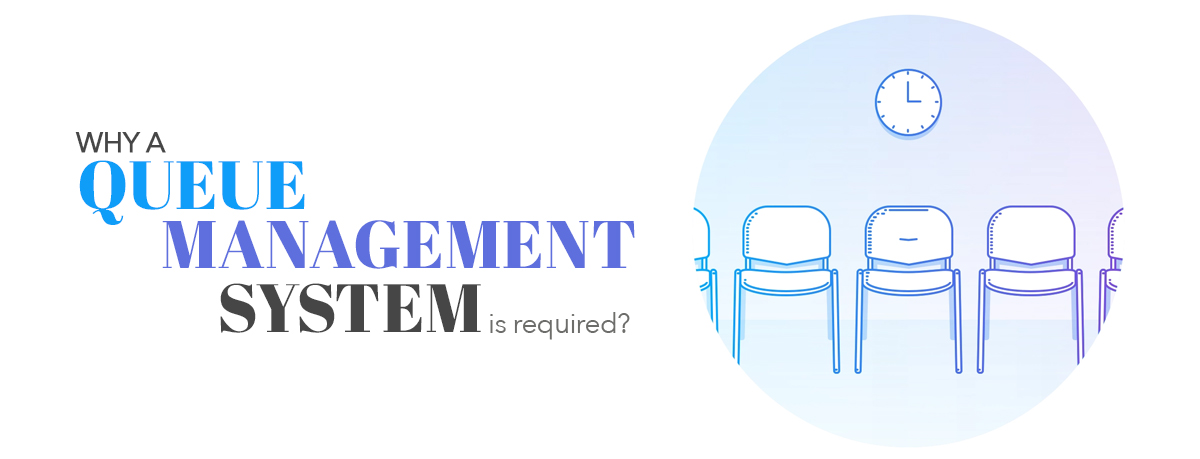
In case if you are having a fairly large number of customers/visitors at your branch/office and you are providing services which require the physical presence of the customer at the branch. Such as banks, hospitals, public offices, ministries, HR departments, public offices etc. Then you must have to manage the queue to prevent unnecessary waiting time for the customers, control the workflow and customer flow. For all that you need a digital queue management system.
Here are some important things that need to be defined before selecting a queue management system:
- What is the quantity of daily expected visitors/customers?
- How many counters do you have?
- What are the services you are currently offering and also planning to offer in the near future?
- What is the average service delivery time?
- What is the objective of installing a new Queue Management System? Such as optimizing the service delivery time, reducing the workload on the agents, expansion of the facility, addition of new services, etc
Once all those questions are answered only then you will be able to define the clear objectives of the queue management system. As we have understood the purpose of the queue management system so now let us discuss what a QMS is and how does it work and what are the benefits of having an efficient queue management system in place.
What is a Queue Management System?
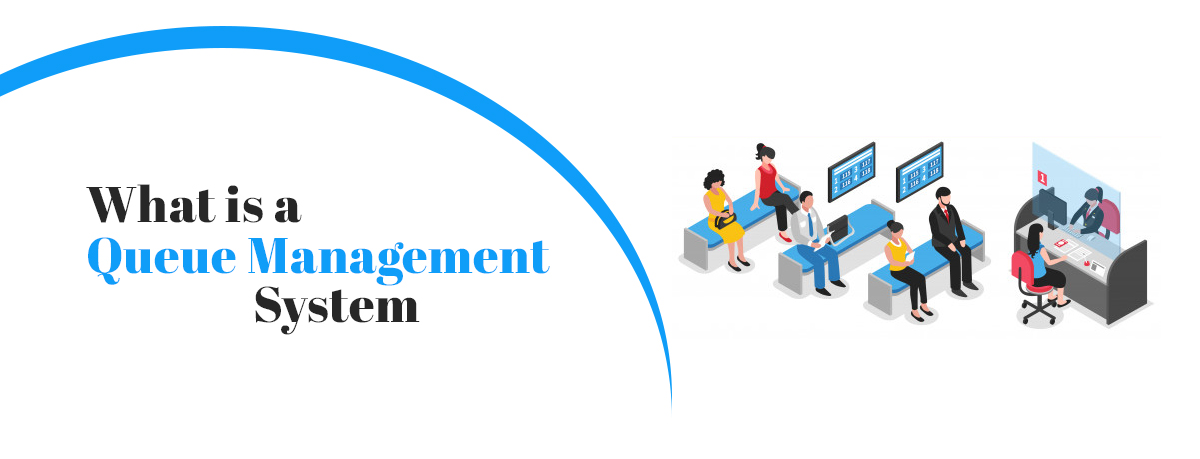
As the name suggests the queue management system allows a business/office/organization to effectively manage the queue at their offices/branches. There are so many different types of digital queuing systems some comes with only simple LED Screens with a trigger switch. Some come with a bulky software which enlists all the activities, analyze the data and generate reports. There are some QMS variants with large signage displays, token printers, QR Codes, and other accessories to enhance the customer journey and user experience through the service delivery process. There are some digital queue management systems that completely operate paperless. Some queuing systems also allow virtual queuing and smartphone-based services. We will enlist all major types and classifications of the queue management systems in this guide.
Types of the Queue Management System
In this guide we will cover only the major and most widely used types of the queue management systems which are as follow:
- General Purpose Queue Management Systems
- Queue Management System to aid Social Distancing (New)
- Linear Queuing Management System
- Virtual Queuing System
- Paperless Queue Management System
- Smartphone Apps based Queue Management Systems
1. General Purpose Queue Management System

General Purpose Queue Management System or simply Digital QMS is the queuing systems most widely used in banks, hospitals, public offices, customer care centres, HR departments and other similar places where a large number of customers/visitors is expected. The Digital Queue Management Systems comprises small LED Displays or Monitors, large signage screens, token dispensing kiosks and a queue management system software.
2. Queue Management System to aid Social Distancing

This is a new addition to the industry amid the current scenarios. The Social Distancing Queue Management Systems are built exclusively for aiding and implementing/enforcing the social distancing at the branch/facility. Our Social Distancing QMS is thoroughly designed to provide safety measures for both the customers/visitors and the agents as well. The software is a massive upgrade of the regular queuing system software and provides multiple operating modes which can be configured from the control panel. This means our Queue Management System to aid Social Distancing is capable of operating in both scenarios with and without social distancing.
3. Linear Queuing Management System
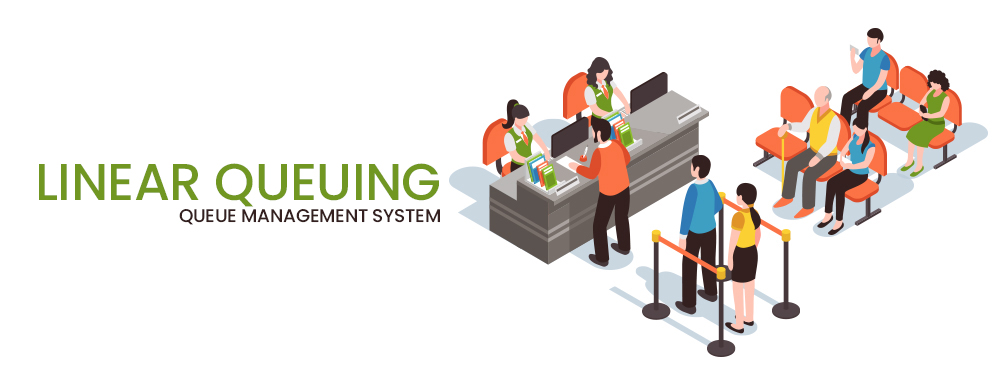
Linear Queuing Management System is very suitable in reducing the service delivery time and enhancing the efficiency of the agents without compromising the customer journey or user experience. The linear queuing queue management systems are widely used at the customer service centres and public offices, where the facility is built to have a large number of the counters and a centralized waiting area. The queue has been managed on first come first serve bases. The Linear QMS comprises of small displays mounted at counters, large signage displays and announcement systems to direct the customers from the waiting areas to the vacant counter.
4. Virtual Queuing Systems
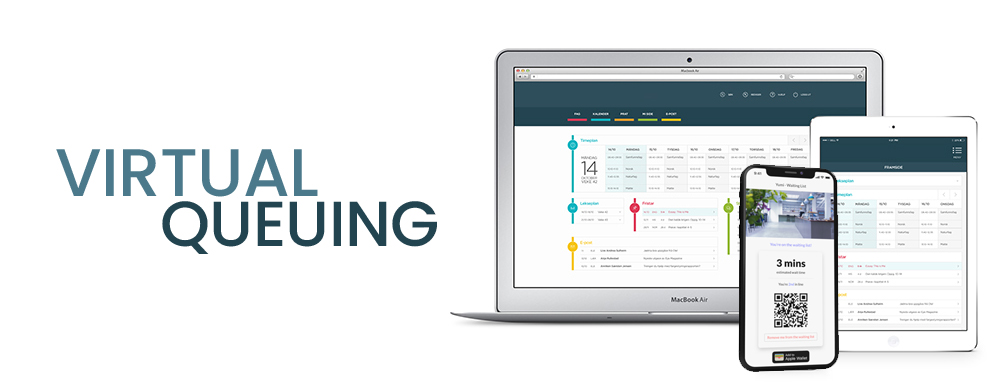
Virtual Queuing Systems are the QMS that allows online or remote methods to sign-up for the queue. There are several mediums used for virtual queuing. The customer/visitor doesn’t have to come to the branch to sign-up rather they can sign-up remotely and they can arrive at the exact time when their queue should have been called. This prevents the crowd at the branch/facility and it also reduces the wait time. The latest software for our Virtual Queuing System also allows the agents to control the queue with more automation and flexibility. This also reduces the workload of the agents and increases their efficiency hence results in less service delivery time.
5. Paperless Queue Management System
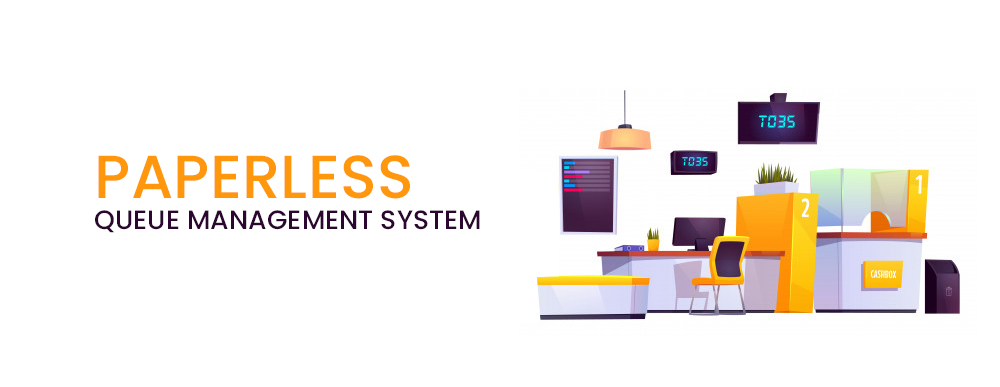
As the government of the UAE is encouraging businesses and corporate sector to go paperless or minimize the use of the paper in day to day operations to support their eco-friendly initiatives. More and more businesses organizations and companies have started to adopt it. There are some other reasons too for going for a paperless queue management system such as reduce the physical contact and maintain the social distancing, etc. The paperless queue management systems comprise of virtual sign-ups via smartphone apps, call, SMS, email, etc. Then there are standard digital signage displays, counter screens, etc.
6. Smartphone Apps based Queue Management Systems
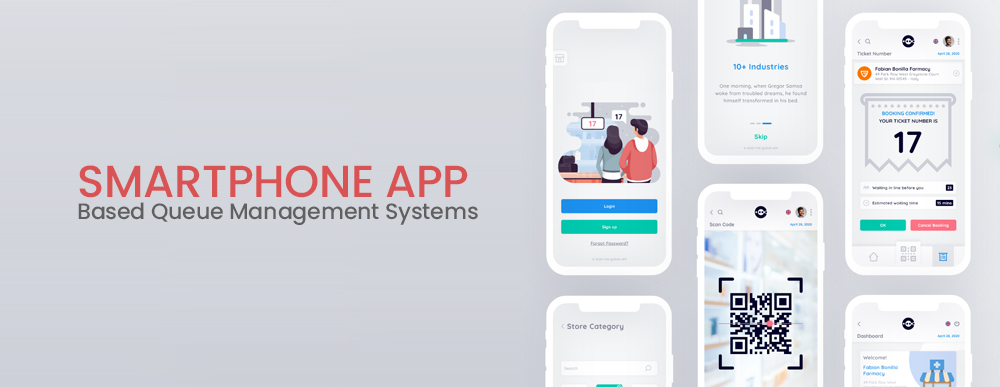
As the smartphone internet traffic surpassed desktop traffic since 2016. More businesses are utilizing this platform. In the United Arab Emirates, smartphone internet users dominate ordinary internet users. It is very wise to use this platform for your advantage. This is the reason we have built a smartphone-based queue management system. This QMS utilizes the smartphone application for both Android and Apple to improve the customer journey as well as it improves the control and monitoring for the agents and the administration. There are three main smartphone portals:
- Customer/Visitor Smartphone Portal
- Agent’s Dashboard and Portal (It is available in both Smartphone/Tablet User Interface and Web-based User Interface)
- Management/Administration Smartphone Portal (It is also available in both the Smartphone/Tablet User Interface and the Web-based User Interface)
This also reduces the customer wait time, prevent crowd at the branch/facility, and provides real-time updates to the customers, administration and the agents and much more. The other components are the same such as the digital signage screens, counter displays, etc.
Essential components of a Queue Management System
There are so many add-ons and accessories of a queue management system that we are using to provide to our customers, but there are some essential components of a queue management system which are required to maintain the efficiency to an optimum level. Such as:
- Token Dispensing Kiosk Machine
- Digital Signage Displays
- Counter LED/LCD Screens
- Audio Announcement (Multi-lingual)
- Queue Management System Software
These are the basic components of a standard queue management system. If you are going for a virtual queuing, linear queuing, paperless QMS or smartphone applications based queue management system then you don’t need the Token Dispensing Kiosk Machine but the rest of the for are required. The Queue Management System Software can be customized as per the type of the queuing system.
That is not all since our all solutions are completely customizable so we can include any feature from any type of the QMS mentioned above to provide you with personalized user experience. The QMS Software is also a very important part of the system as it allows the administration and agents to automate the basic tasks to reduce human efforts, and also provide a comprehensive insight of the performance and customer/visitor and agent’s behaviour. Which is very critical to do the improvements in the customer/visitor journey.
1. Token Dispensing Kiosk Machine
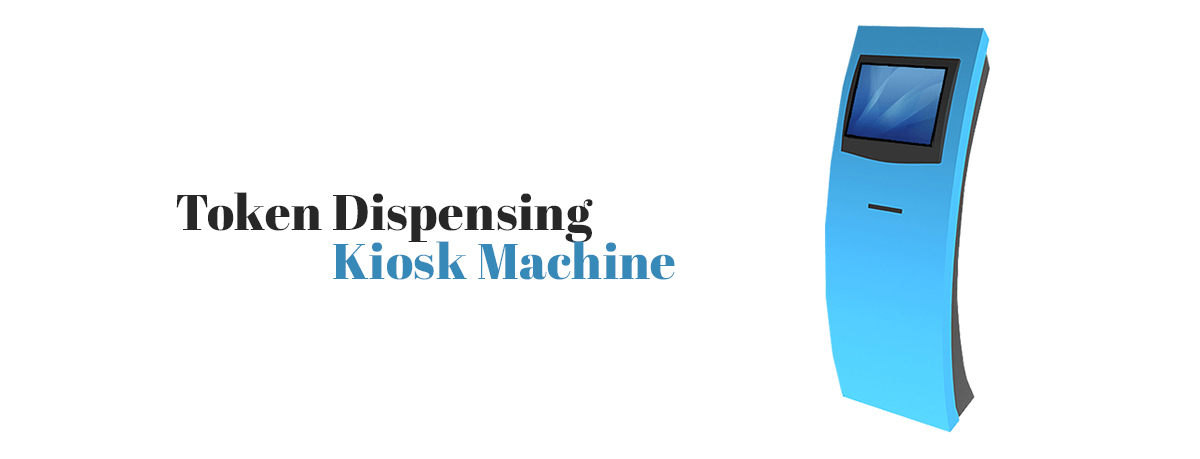
Token Dispensing Kiosk Machine is a simple kiosk with a small 14” or 19” screen with a thermal printer and a simplified user-interface. The kiosk utilizes the QMS software engine to classify the customers/visitors into predefined categories to further enhance their experience throughout the service delivery.
2. Digital Signage Displays
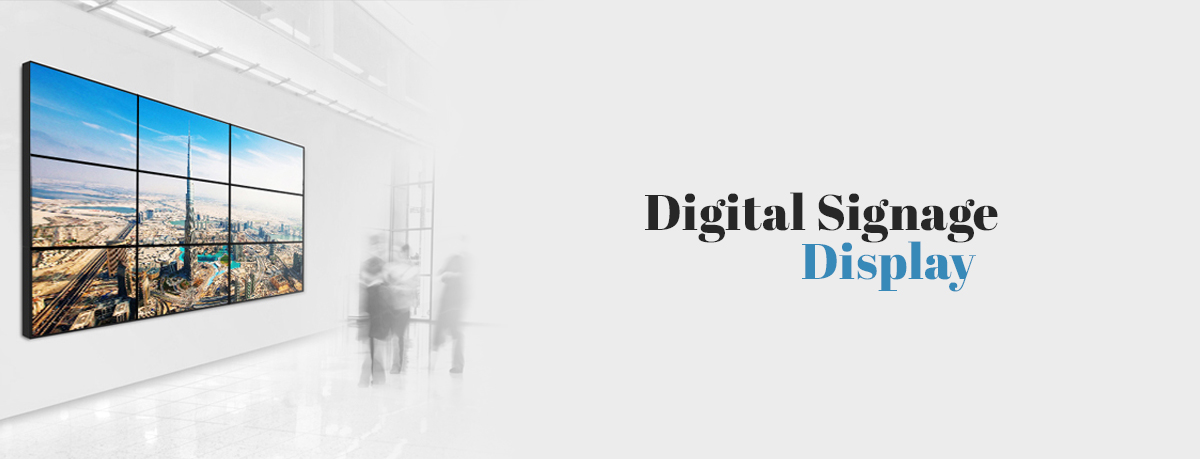
Digital Signage Displays are large LED/LCD multimedia screens which can be placed at strategic locations in the waiting area and are being used to display the information about the ongoing queue and also announce the upcoming token/number. Usually, 40” to 85” screens are used and they also play videos/adverts and any other information the business wants to show to the customers in the waiting area.
3. Counter LED/LCD Screens
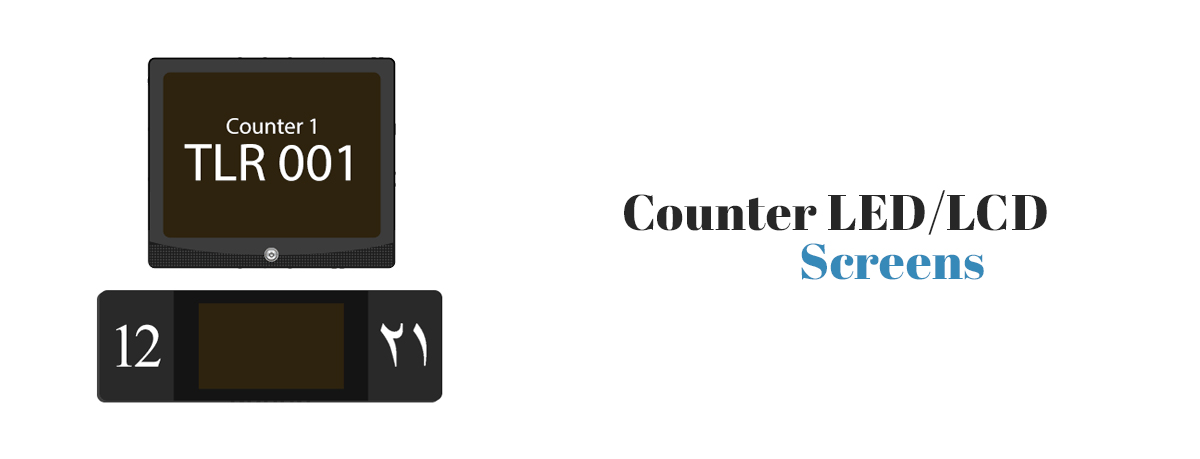
These are usually dotted LED displays placed on each counter, to show the counter number and the current token number for that particular counter. Instead of the LED dotted displays, small LCDs can also be used to display the multimedia information.
4. Audio Announcements (Multi-lingual)

Since UAE is a multi-cultural environment and host a number of nationalities from all over the world, so the audio announcements have to be in multiple languages, normally English and Arabic are preferred but some businesses and public offices are also using Hindi, Urdu, Bengali, and other languages. This is a very useful and effective tool to grab the attention of the customers/visitors in the waiting area.
5. Queue Management System Software
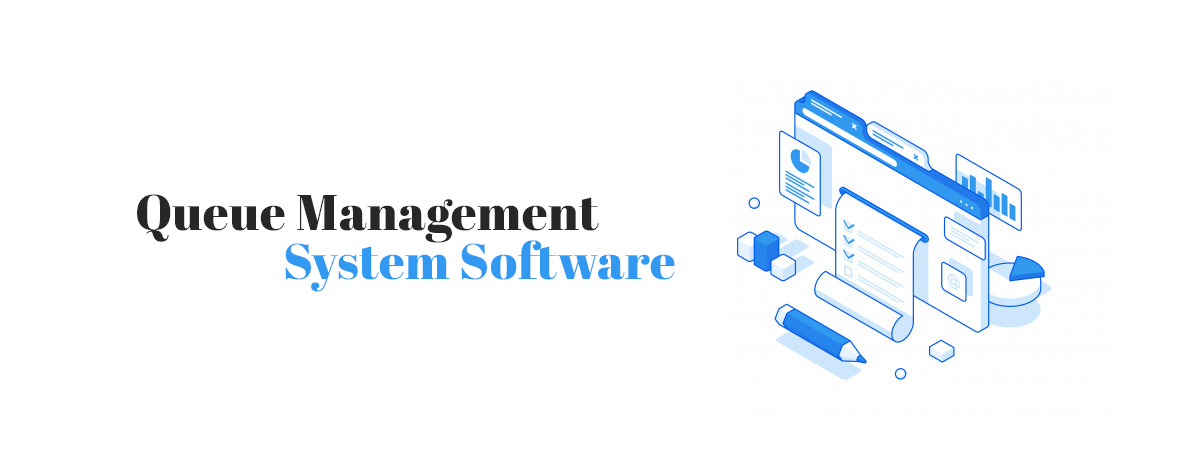
Queue Management System Software is the backbone of the system. The entire user journey, user experience, agents’ performance, management control, monitoring and reporting is handled through this software. Our Queue Management System Software is a result of a decade long improvement, enhancements, and professional experience we have acquired while working in Dubai, UAE. Here are the basic features of our Queue Management System Software:
- Customer Interface
- Kiosk Interface
- Agent Interface
- Branch Manager/Local Control Panel
- Administration Control Panel (Head Office – All Branches)
- System Configurations and Settings (Multilevel controls for automation/mode selection)
- Agent Performance and Monitoring Dashboard
- Reporting Dashboard (Agents/Counter, Branch, Corporate Reports, Detailed Reports, etc)
These are some of the basic components of a Queue Management System software apart from that there are smartphone applications and their control panel modules and some other advance features are also included. Depending upon what type of the Queue Management System you are using the software features may differ.
Conclusion
First of all, analyze the requirements, the number of expected customers/visitors, the type or physical settings of the location, the number of counters, the services you are offering and the sign-up methods you need to sign-up for the queue. Then chose the system components of the queue management system along with the software features that you need. The best approach is to consult any professional queue management system provider in Dubai, UAE such as RSI Concepts. This complete guide is written for a non-technical audience to let them understand the basics of a queue management system so that when they decide to install one they should know what exactly are they looking for. If you have any question please do utilize the below comment box.
For technical and sales enquires please contact us at our Contact Us page.
Checkout: The Anatomy of a Modern Bank Web Design in Dubai